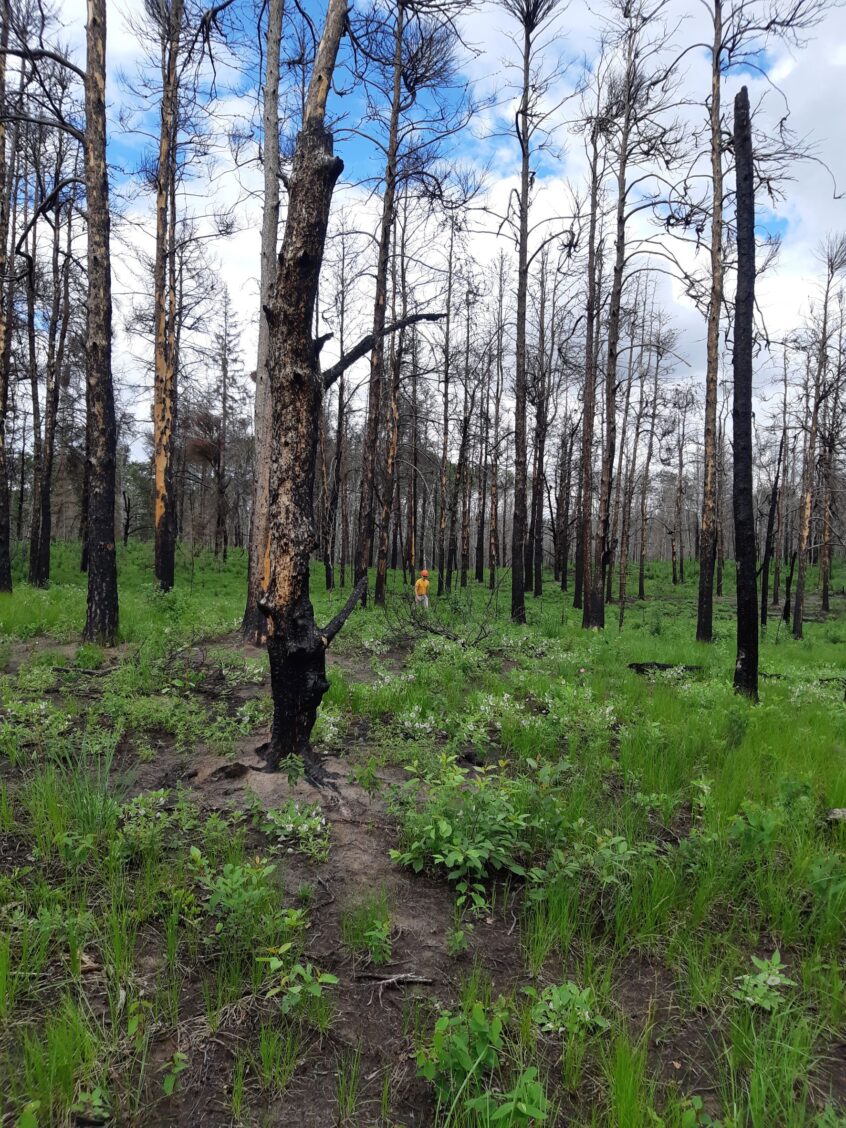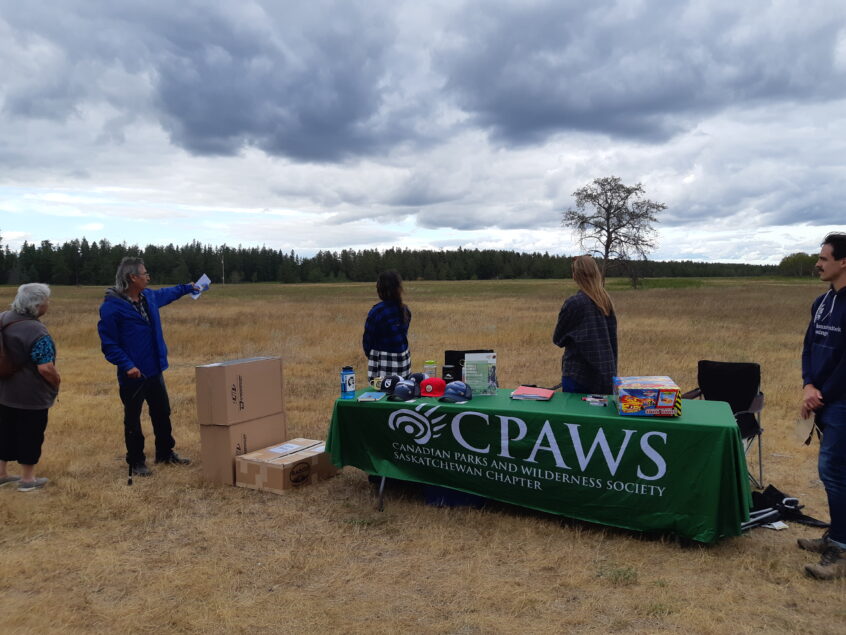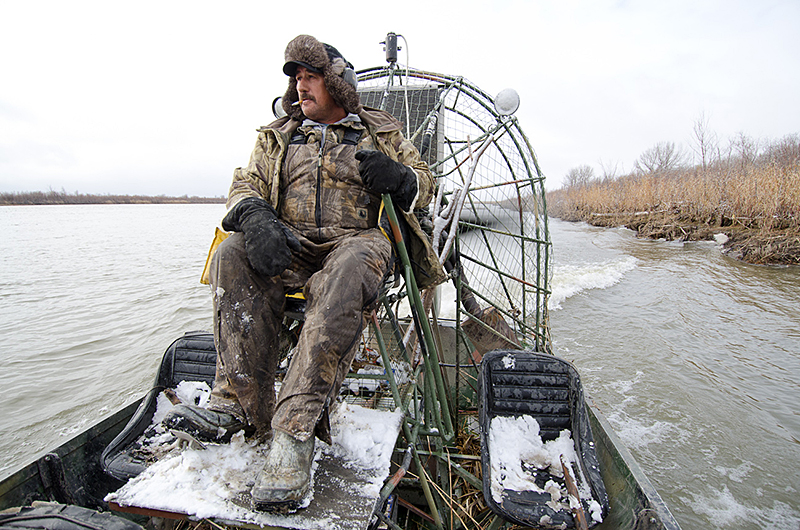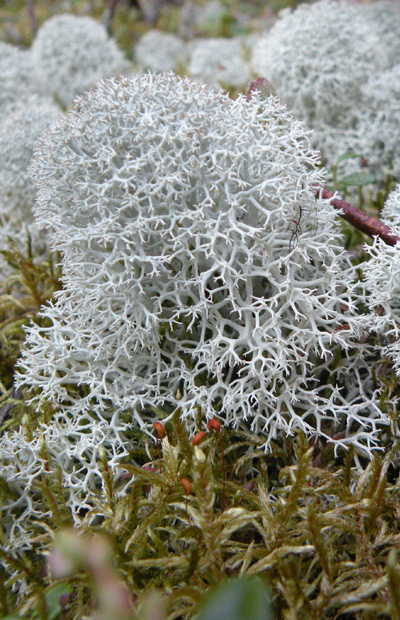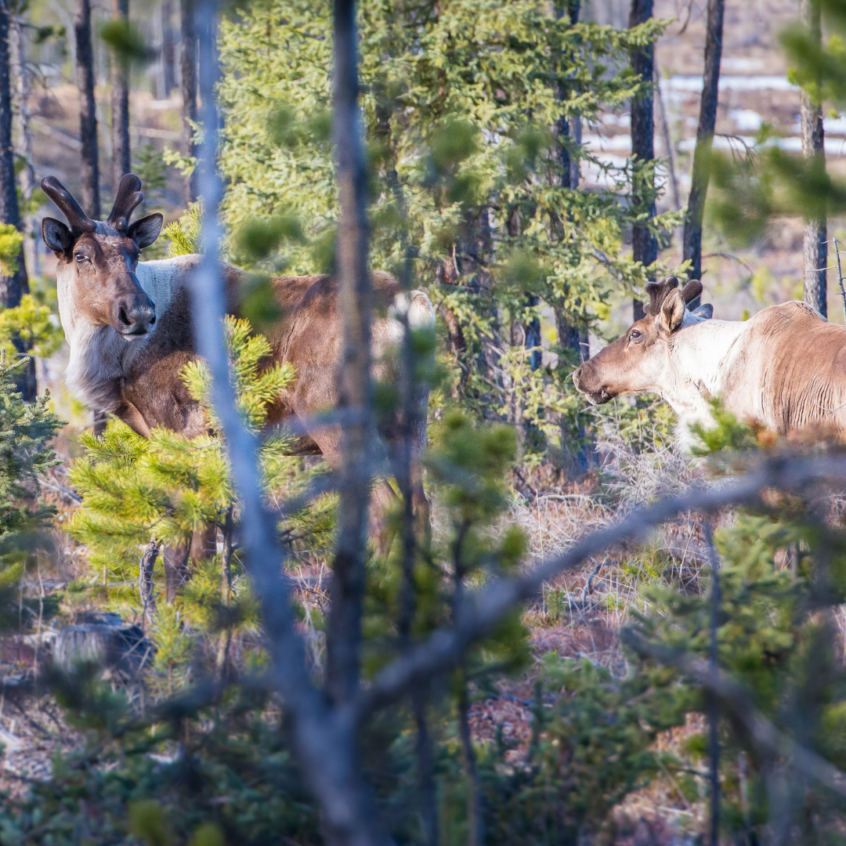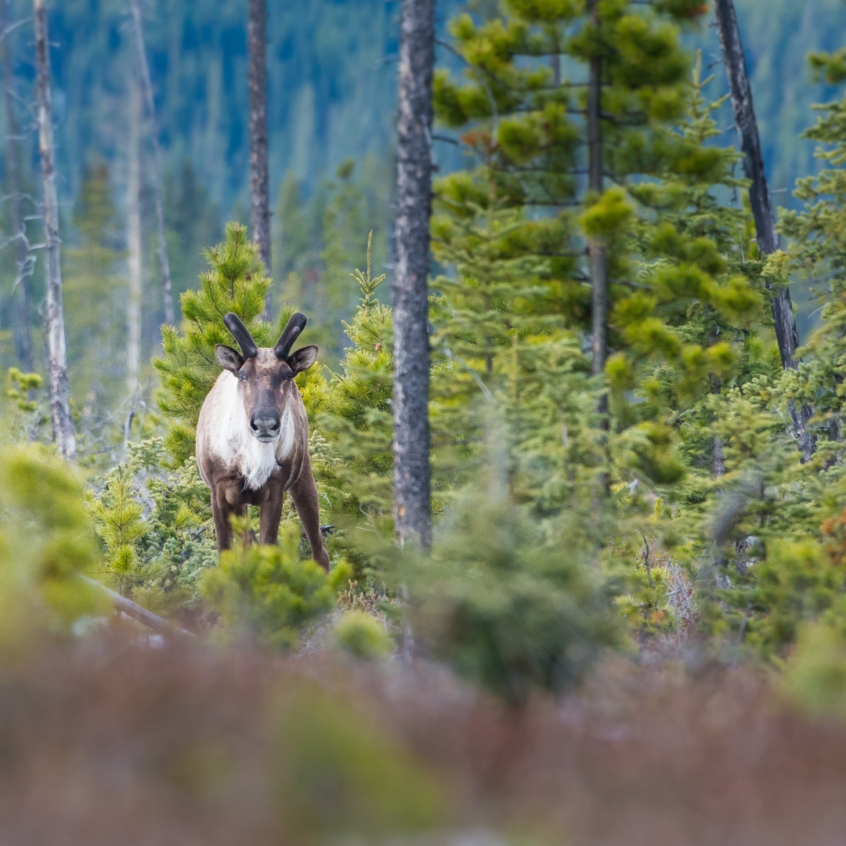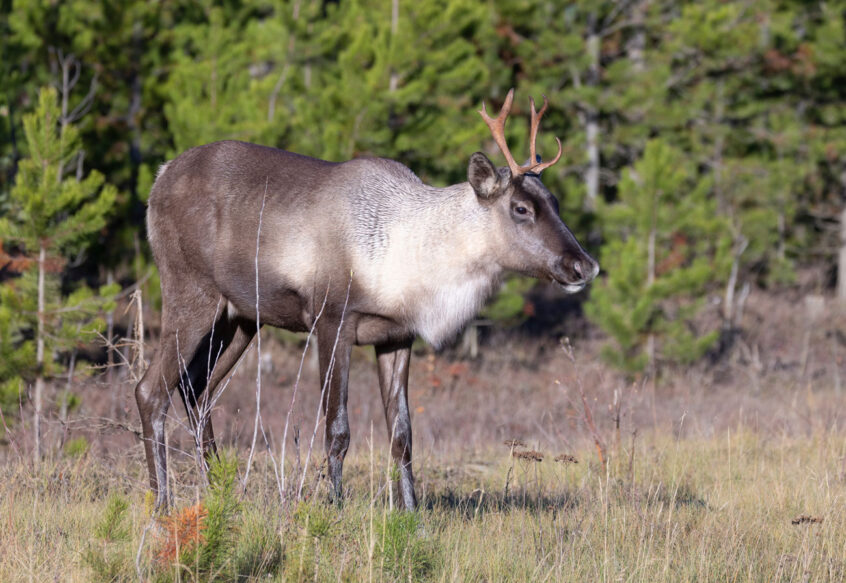The Boreal Forest is a vast coniferous forest that covers a great deal of Canada’s landscape. It is characterized by dense coniferous forest consisting of … Read More
Boreal Bio-Logue – What is it and where is it going? Spring 2022
For the second year in a row, CPAWS SK hosted the Boreal Bio-logue in Prince Albert. The focus was combining Indigenous and Western knowledge
Boreal Bio-Logue 2021
When opportunity knocked on the door, CPAWS-SK and PA Model Forest jumped on it. We wanted to help people understand the differences between old and new boreal forest.
Supporting Reconciliation through Conservation
It is important to remember that what we call home is the ancestral territory of the Indigenous People of Canada. The Numbered Treaties are integral to the relationship between Indigenous communities and Canada.
Caribou and Connectivity
Landscape connectivity in ecology can be defined as “the degree to which the landscape facilitates or impedes movement among resource patches”. Habitat connectivity is essential for caribou survival.
What is Threatening Woodland Caribou?
Woodland caribou have been listed as threatened on the Species at Risk Act since 2003. Habitat disturbance is a large threat to the species and climate change will inevitably have an impact.
Delta Feud
In June 2021, the CPAWS-SK team noticed that the CPAWS-Northern Alberta team was claiming that the largest inland freshwater delta in the world was in … Read More
Woodland Caribou (Boreal Population)
Woodland caribou are a large mammal species that often get mistaken for moose on the Canadian quarter. They are an iconic species that roams the boreal forest as an indicator and umbrella species and they play a critical role to some Indigenous communities.
CARIBOU – the Iconic Species with Many Roles
This is not only troubling for the ecosystem but is very worrisome to Indigenous peoples, as relying on the caribou and the land in the future is of utmost importance.
Caribou as Unsung Heroes: an Indicator and an Umbrella Species
Woodland Caribou are both an umbrella and an indicator species. Are they a Keystone species? What do these terms mean? What are some other local examples? What is the role of these species for conservation?

